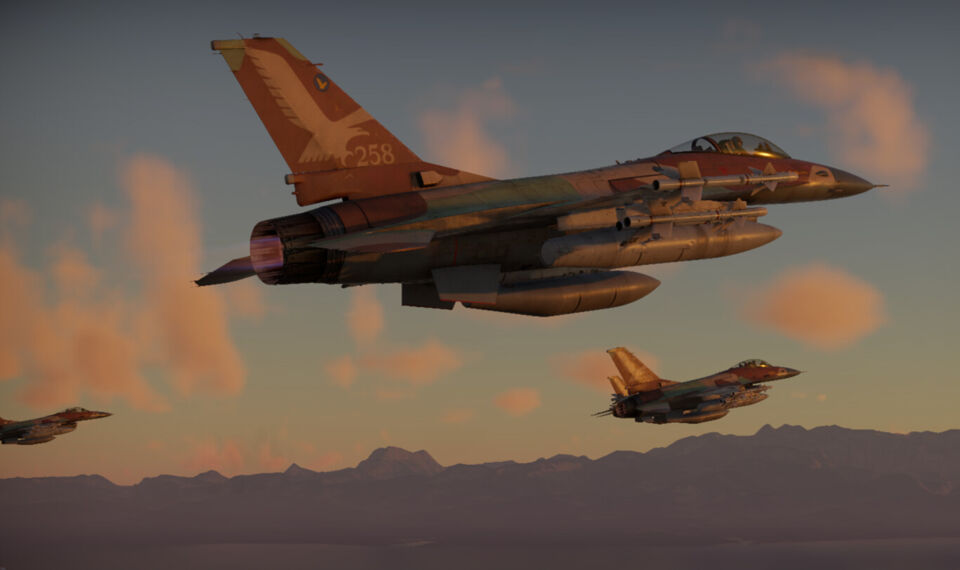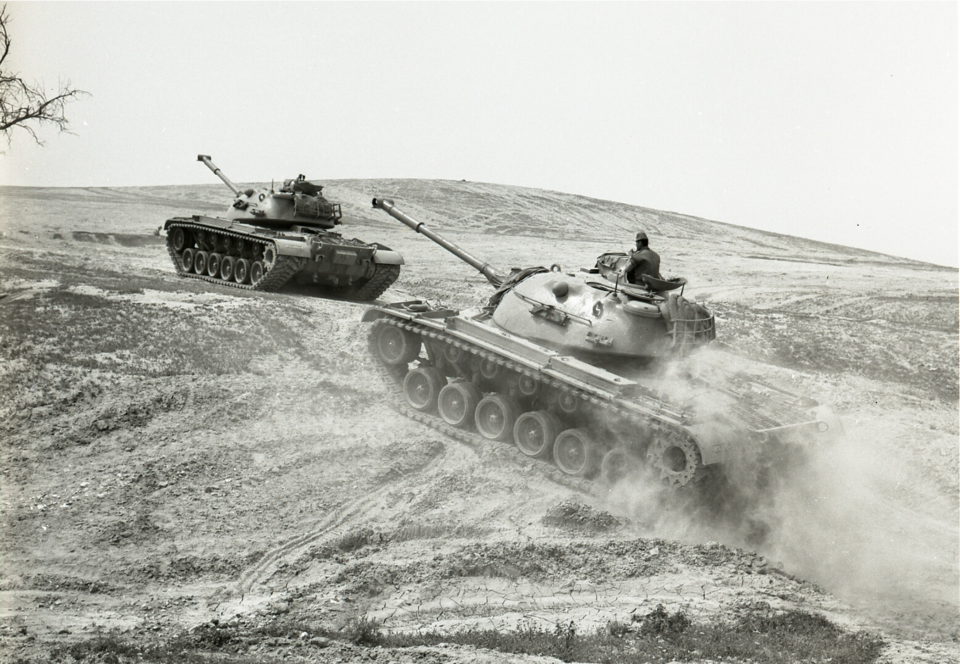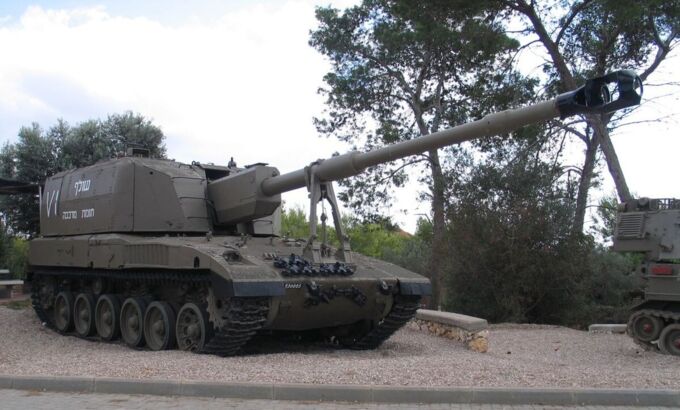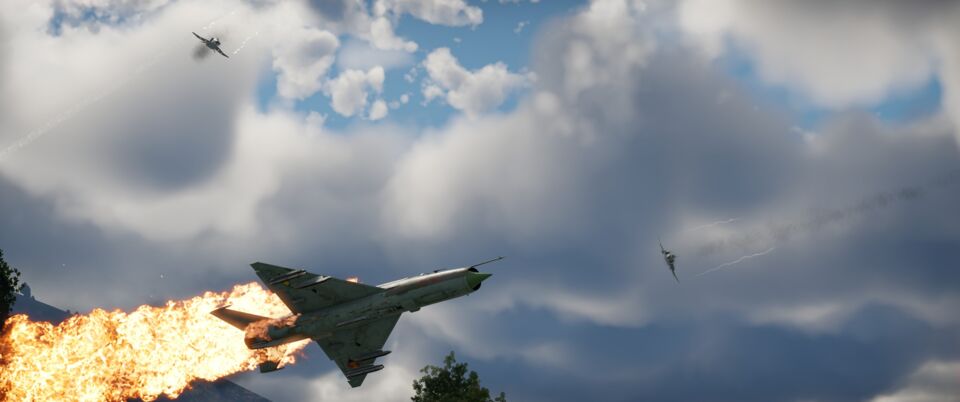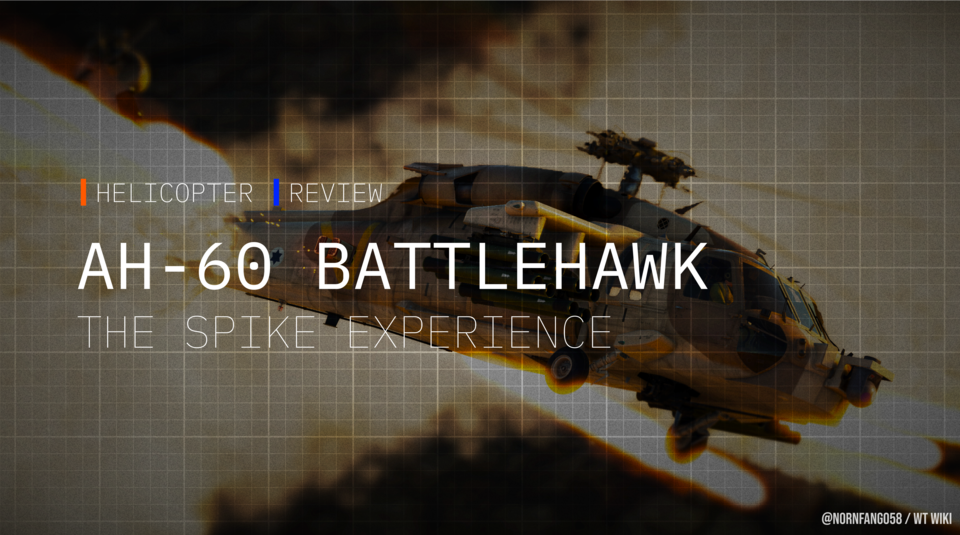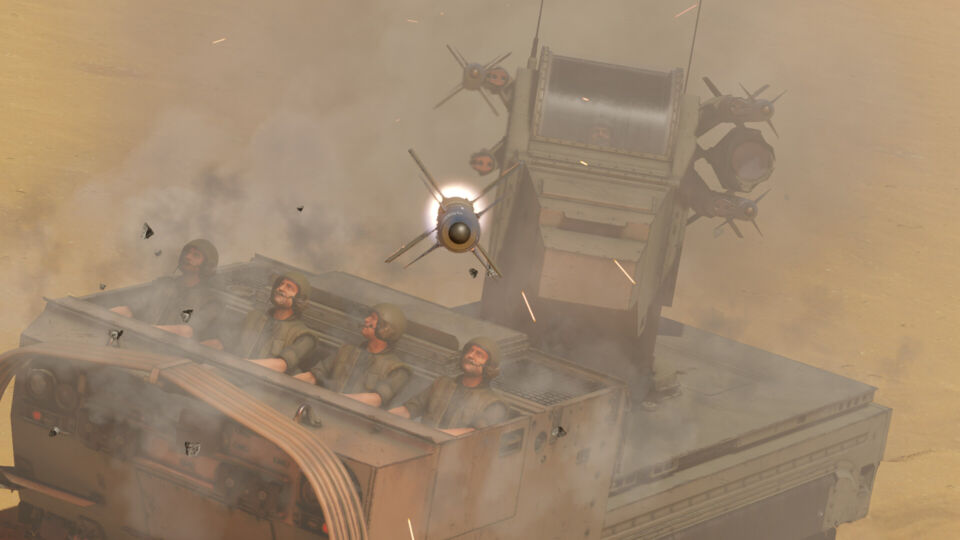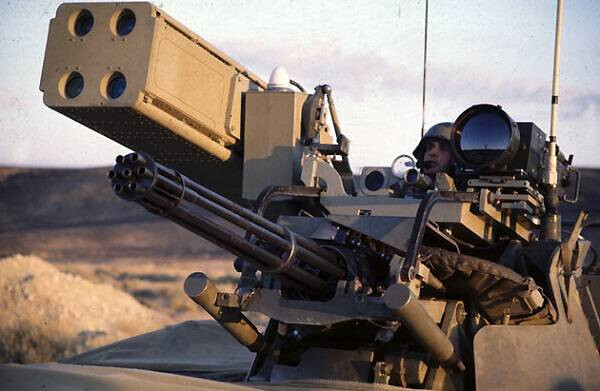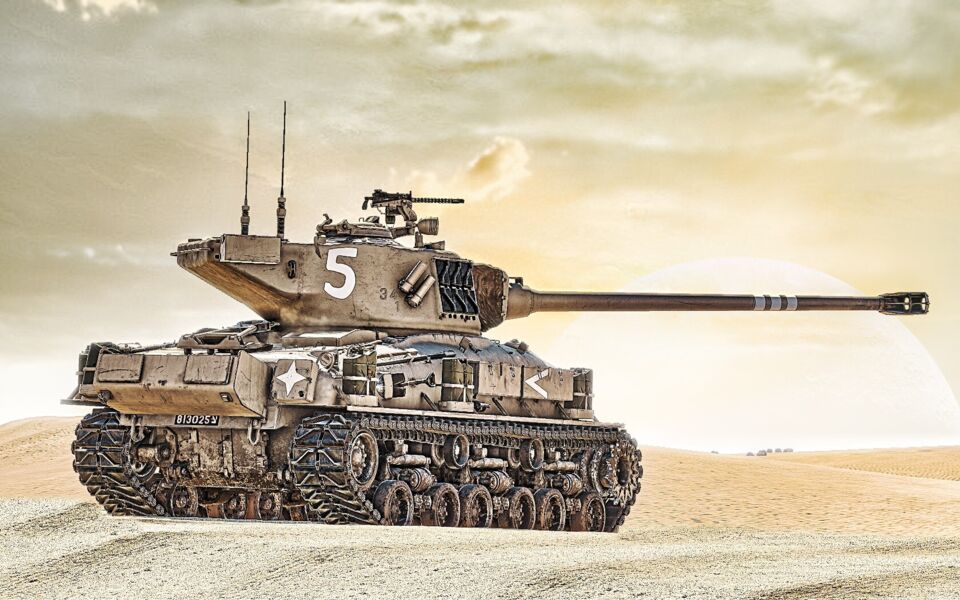#israel
The Netz (נץ, or Hawk) is the dedicated Israeli export version of the feared F-16A Block 10 single-seat fighter aircraft. With its large plethora of both air-to-air and air-to-ground ordnance options ranging from the mighty Python to the AGM-65B, it has a loadout for most situations you will come across at this BR. Additionally, its 20 mm M61A1 Vulcan autocannon is a force to be reckoned with, being able to shred any air target it faces with ease. Thanks to its agility and strong thrust-to-weight ratio, the Netz also shines in dogfights, able to hold energy well and out-turn many opponents.
The Magach 1 was one of the first, modern, US-made main battle tanks to enter into the Israeli armored corps during the second half of the 1960s. Despite not taking part directly in the conflicts that occurred in those years, the Magach 1 was instrumental in bolstering the numbers and effectiveness of the IDF (Israeli Defense Force). This article aims to offer the reader a brief overview of its history before its retirement and conversion to the Magach 3.
The SPYDER AIO is an Israeli air defense system manufactured by Rafael. Unlike other anti-air units such as the IRIS-T SLM and CLAWS which utilize separate radar and missile-launching vehicles, the SPYDER AIO integrates a radar and launcher on a single 8×8 truck. Its sole armaments are the Python 5 and I-DERBY-SR missiles, which can be used to combat all types of aircraft. While it does have less offensive capability than other air defense systems due to its somewhat short-ranged missiles, the SPYDER AIO is an excellent addition to Israel’s toptier ranks and a worthy successor to the antiquated Drakon.
The Sholef (שולף= “draw, scoot out” in Hebrew) was an Israeli experimental self-propelled artillery developed in the 1980s by Israel Military Industries (IMI) and Soltam. Considered one of the most advanced self-propelled artillery systems of its time, it never entered production and only 2 prototypes were ever created.
The F-4E is an American 3rd generation fighter jet built to address the significant flaws found in the earlier F-4C, most notably its lack of a built-in cannon armament and countermeasures. The upgrades it received gave the F-4E a very wide appeal with export customers and made it the baseline for the vast majority of export variants to the air forces of Western-aligned nations. While many of these exports, like those to Germany and Japan, would receive downgraded avionics, a lack of radar-guided missiles, or reduced flight performance, Israel’s F-4E “Kurnass” fighters are almost identical to their American counterparts, excluding the switch to AIM-9D/G Sidewinder missiles used by the United States Navy. Regardless, American and Israeli players can benefit from the F-4E’s very user-friendly playstyle, with a very high skill ceiling that provides all the tools necessary for success when flying it.
The AH-60 Battlehawk is an Israeli development of the famed Sikorsky UH-60 Black Hawk utility helicopter, adapted for combat operations. With an exceptional air-to-ground armament in the form of 16 fire-and-forget SPIKE-ER missiles, the Battlehawk excels in ground engagements where it can devastate targets and overwhelm SPAAs with its SPIKEs while having the ability to dip behind cover to avoid any return fire.
The Namer Tsrikhon is an experimental IFV based on the Israeli Namer APC, with the Namer itself being derived from the Merkava Mk.4 main battle tank. The Tsrikhon uses an unmanned turret which replaces the exposed weapons mount on the preceding Namer 30. Additionally, the turret is also fitted with the Trophy active protection system which can intercept ATGMs and other guided missiles. With its thick armor and spacious interior inherited from the Merkava, the Namer Tsrikhon is a relatively well-protected vehicle with good survivability, capable of withstanding much more punishment than contemporary light tanks and IFVs. However, the Tsrikhon also inherits the Merkava’s heavy weight, which limits its mobility in battle.
The Machbet is a self-propelled anti-aircraft system developed by IAI (Israel Aerospace Industries) during the first half of the 1990s. The Machbet goal was to upgrade the existing M163 VADS to modern standards and to extend its range and capabilities. It officially entered into service in the Israeli Air Force (IAF) anti-air division in 1997. This article aims to offer the reader an overview of its history during the almost 10 years of service in the Israeli armed forces.
The M-51 is an Israeli modification of the age-old Sherman armed with a HEAT-slinging 105mm gun designed by the French. It has a decently armored gun mantlet which is capable of withstanding some enemy fire, weak hull armor and a powerful cannon. The poor velocity and inconsistent damage of the gun combined with its poor mobility makes for a unique learning curve for anyone wanting to try out the Israeli tech tree.
